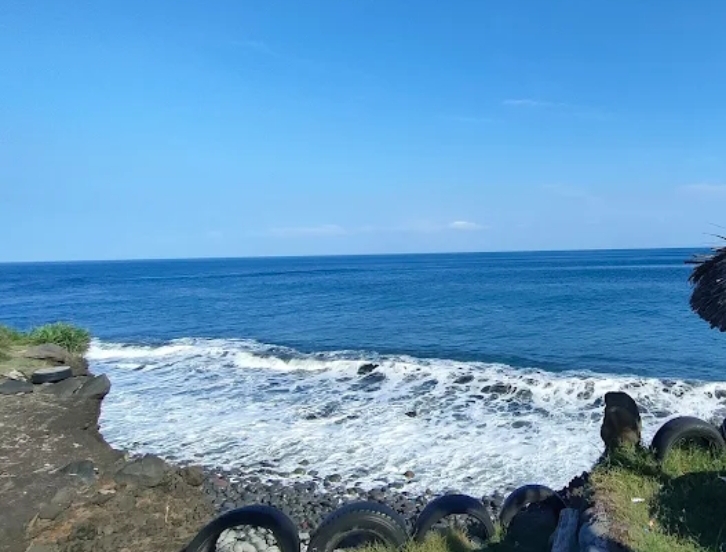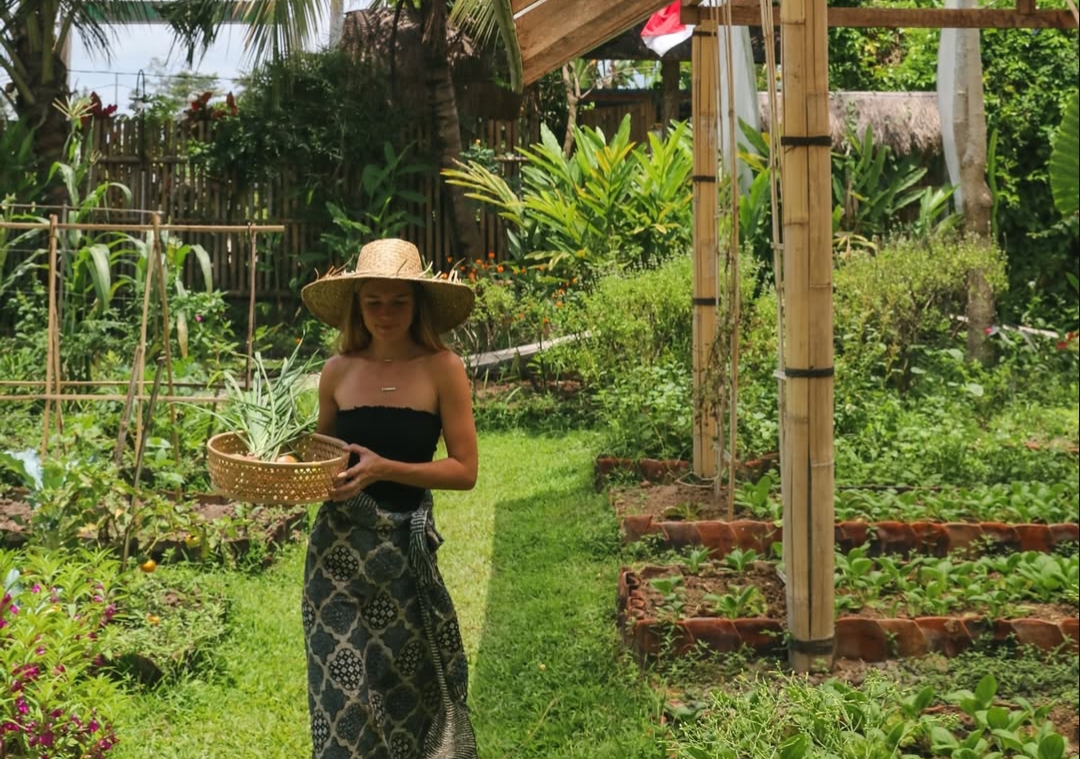Lovina, a tranquil coastal area in Buleleng, Bali, has long been a favorite destination for nature lovers—especially those eager to witness wild dolphins in their natural habitat.
Every morning, dozens of traditional jukung boats and modern vessels set sail, racing towards the open sea for a glimpse of these playful creatures dancing between the waves.
At around 6:00 AM, travelers—both local and international—gather at Lovina Beach in Kalibukbuk. Excitement fills the air as they board the boats operated by local fishermen.
As the vessels glide across the water towards the dolphin hotspots between Celukan Bawang and Singaraja, anticipation builds. Then, suddenly, a pod of dolphins emerges, leaping joyfully as if to greet their visitors.
Some tourists eagerly capture the moment on camera, while others simply sit back, mesmerized by the stunning sunrise silhouetting the dolphins against the horizon.
A few adventurous souls even dive into the waters, seeking the rare thrill of swimming alongside these intelligent marine mammals.
For Elizabeth and George, a British couple visiting Lovina for the first time, the experience is nothing short of magical. “So many dolphins! It’s absolutely incredible,” George exclaims with delight.
According to Kadek Partama, a seasoned jukung operator affectionately known as Dek Molo, the best time to see dolphins is precisely at 6:00 AM. For those hoping to swim with them, he recommends setting out around 7:00 AM, when the waters are calmer.
“Morning trips have a 99 percent success rate for spotting dolphins,” he explains. “But if you go in the afternoon, it’s a 50-50 chance.”
A single pod can consist of 50 to 60 dolphins, spread across a 15-kilometer radius around Lovina. This means boatmen must constantly adjust their course to ensure tourists get the best possible viewing experience.
A standard dolphin-watching tour costs around IDR 100,000 (approximately $6.50) per person, while the swimming option is priced at IDR 150,000 ($10). The experience often includes warm Balinese coffee and traditional banana fritters, adding a touch of local hospitality to the journey.
Dek Molo, who has been navigating jukung boats since he was 17, says guiding tourists through Lovina’s waters comes with its own set of challenges.
Engines occasionally fail in the middle of the sea, tourists refuse to return despite worsening weather, and some overestimate their swimming skills—only to struggle once they jump into the ocean.
Dolphin-watching tours in Lovina have been around since the 1980s. In those early days, fishermen used sailboats or paddled manually to bring visitors out to sea.
Today, about 58 local boat operators in Kalibukbuk are actively involved in providing this extraordinary experience.
For anyone visiting Bali, a dolphin-watching trip in Lovina is a must. The serene atmosphere, the rare opportunity to see wild dolphins up close, and the breathtaking sunrise make it an unforgettable adventure. If you find yourself on the Island of the Gods, don’t miss the magic of Lovina. (BT)





